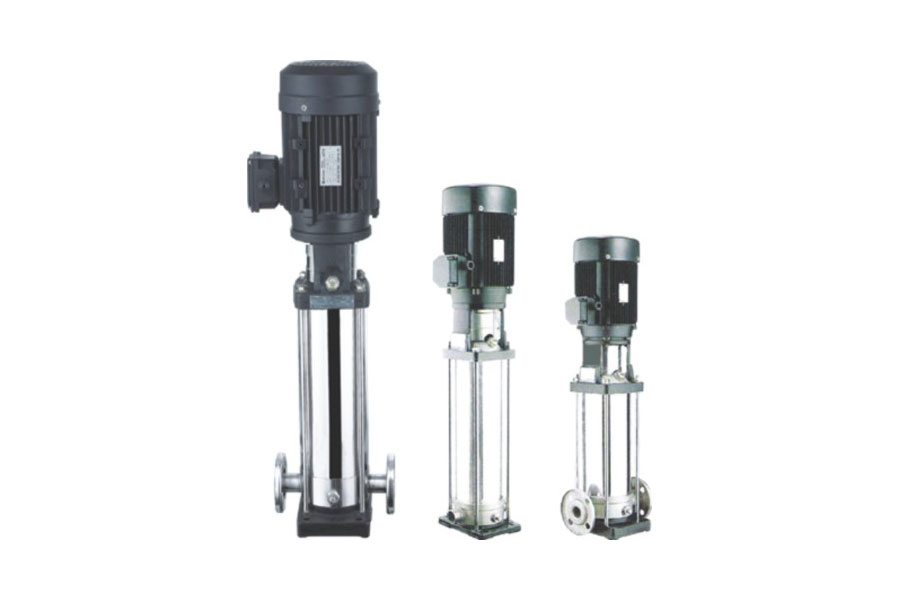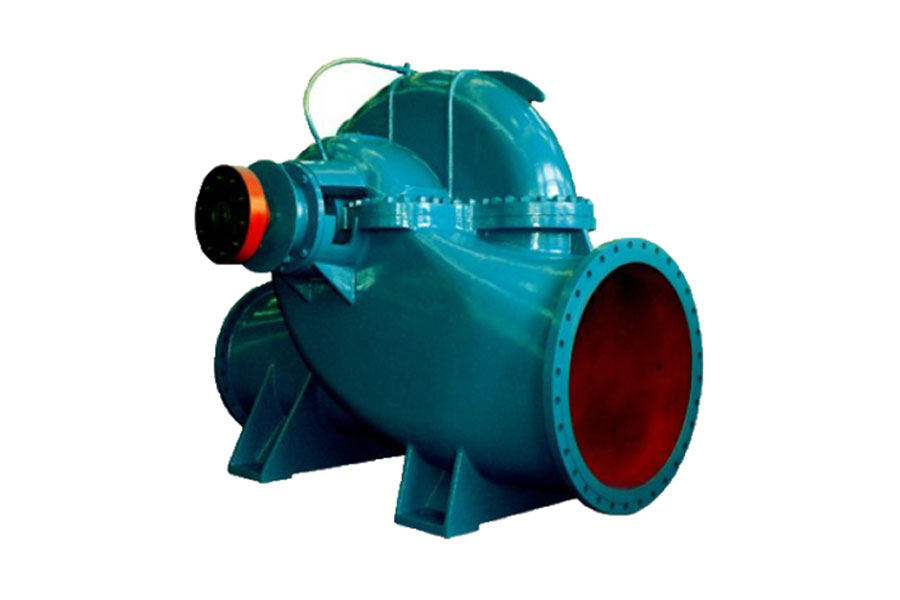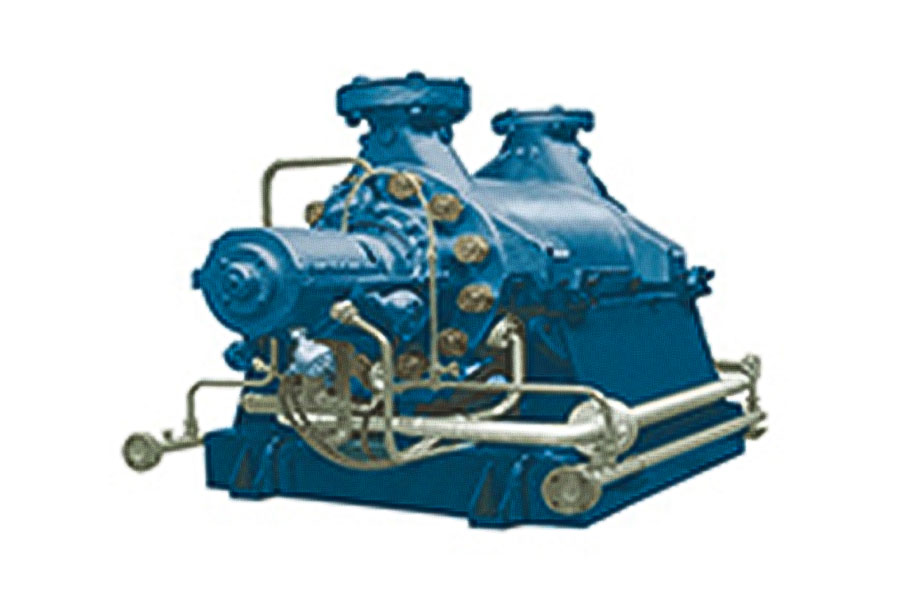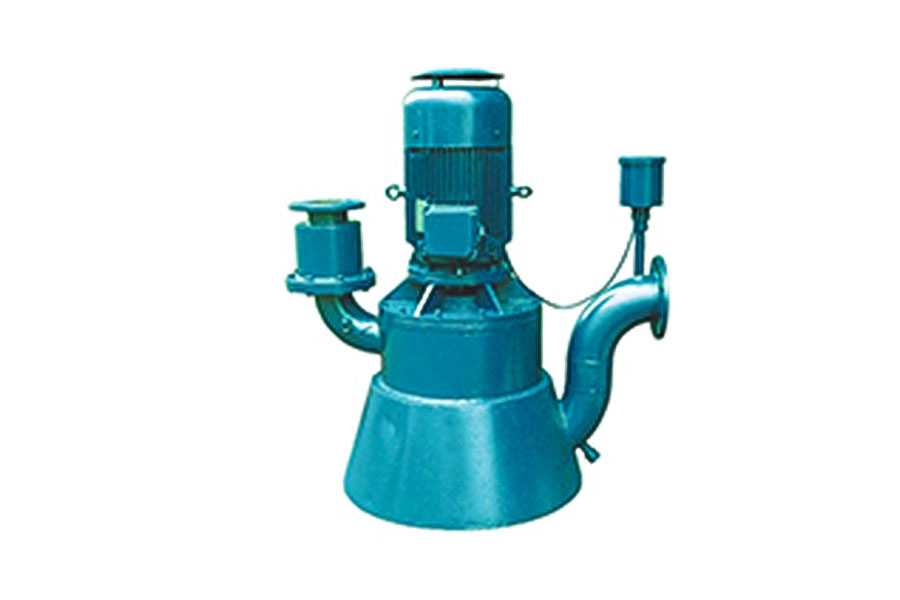As a chemical centrifugal pump designed for corrosive media, the structural design and material selection of the IHF fluorine-lined chemical pump both reflect the high attention to corrosion resistance. The pump body adopts the design of metal shell lined with fluoroplastic, which not only ensures the mechanical strength and pressure resistance of the pump body, but also achieves perfect isolation of corrosive media through the fluoroplastic lining. The key flow-through components such as impellers and pump covers adopt a more complex manufacturing process-metal inserts are wrapped with fluoroplastics and sintered and pressed as a whole.
Flow-through component manufacturing process: metal inserts are wrapped with fluoroplastics and sintered and pressed as a whole
1. Design and preparation of metal inserts
In the manufacturing process of IHF fluorine-lined chemical pumps, metal inserts are used as the skeleton of flow-through components, and their design and preparation are crucial. Metal inserts are usually made of high-strength, corrosion-resistant alloy materials, such as stainless steel, titanium alloy, etc. These materials not only have excellent mechanical properties, but also maintain good stability in corrosive media.
The design of metal inserts needs to fully consider the operating conditions of the pump and the characteristics of the medium. For example, the metal insert of the impeller needs to be designed with a reasonable blade shape and flow channel to ensure the smooth flow of the fluid in the pump; the metal insert of the pump cover needs to be designed with a reasonable sealing structure to prevent medium leakage.
2. Selection and processing of fluoroplastics
Fluoroplastics, as the main material of the flow-through parts of IHF fluorine-lined chemical pumps, have excellent corrosion resistance, high temperature resistance and good mechanical properties. In the manufacture of IHF fluorine-lined chemical pumps, commonly used fluoroplastics include polytetrafluoroethylene (PTFE), polyperfluoroethylene propylene (F46), etc.
The processing of fluoroplastics requires strict control of parameters such as temperature, pressure and time to ensure the stability and consistency of its performance. In the manufacture of IHF fluorine-lined chemical pumps, fluoroplastics are usually processed by compression molding or injection molding. These processes can ensure the uniform distribution and close fit of fluoroplastics on the surface of metal inserts.
3. Integral sintering and pressing molding
Integral sintering and pressing molding is a key step in the manufacture of IHF fluorine-lined chemical pumps. In this step, the metal insert is placed in the mold and then the fluoroplastic melt is injected. Under high temperature and high pressure conditions, the fluoroplastic melt flows on the surface of the metal insert and fills the tiny pores on its surface to form a dense fluoroplastic layer. Subsequently, the entire mold is sent to the sintering furnace for high-temperature sintering.
During the sintering process, a chemical reaction occurs between the fluoroplastic and the metal insert to form a strong bonding layer. This bonding layer not only enhances the bonding force between the fluoroplastic and the metal insert, but also improves the overall mechanical strength of the flow-through parts. At the same time, high-temperature sintering can also eliminate the residual stress inside the fluoroplastic and improve its dimensional stability and corrosion resistance.
4. Guarantee of dimensional accuracy and corrosion resistance
Through the integral sintering and pressing molding process, the key flow-through parts such as the impeller and pump cover of the IHF fluorine-lined chemical pump not only have excellent mechanical strength, but also have high-precision dimensions and excellent corrosion resistance. This process ensures that the flow-through parts can maintain a stable operating state and a long service life in a complex and changeable medium environment.
In terms of dimensional accuracy, the integral sintering and pressing molding process can ensure that the dimensional accuracy of the flow-through parts meets the design requirements. This precision not only ensures the stability and reliability of the pump during operation, but also reduces the failure rate caused by dimensional deviation.
In terms of corrosion resistance, the excellent performance of fluoroplastics enables the flow-through parts of IHF fluorine-lined chemical pumps to maintain a stable operating state in corrosive media such as strong acids, strong alkalis, and organic solvents. This performance not only improves the service life of the pump, but also reduces the maintenance cost caused by medium corrosion.
IHF fluorine-lined chemical pumps have been widely used in the chemical industry due to their unique manufacturing process and excellent performance. Whether it is conveying corrosive media such as strong acids and strong alkalis, or dealing with harsh working conditions such as high temperature and high pressure, IHF fluorine-lined chemical pumps can perform well.
In chemical production, IHF fluorine-lined chemical pumps can be used to convey various corrosive media such as sulfuric acid, hydrochloric acid, hydrofluoric acid, etc. Its excellent corrosion resistance and stable operating state make it play an irreplaceable role in chemical production.
IHF fluorine-lined chemical pumps also have the advantages of simple structure, convenient maintenance, and stable operation. These advantages make it have broad application prospects and market competitiveness in the chemical industry.

 English
English 中文简体
中文简体


















 Home
Home
